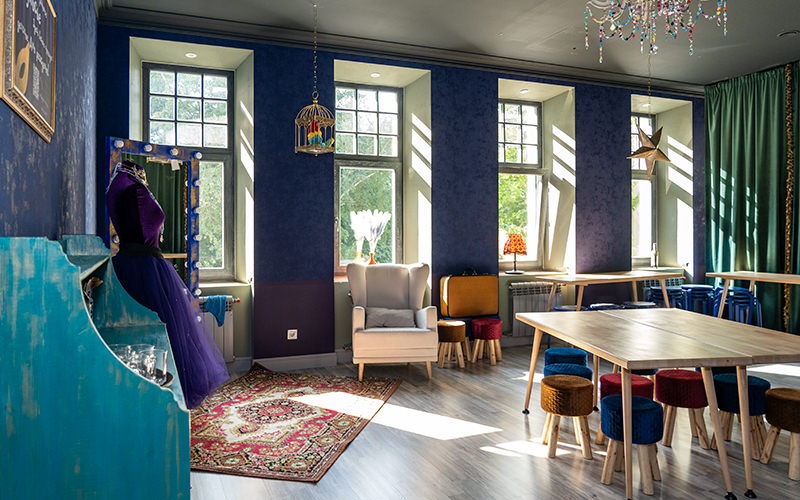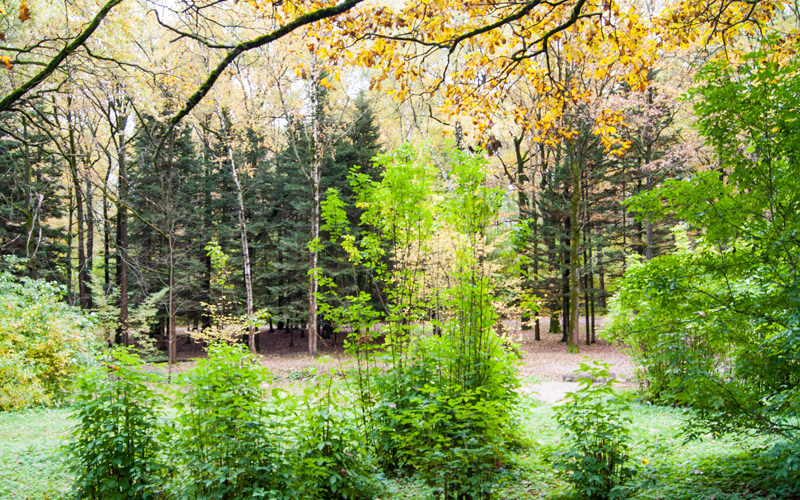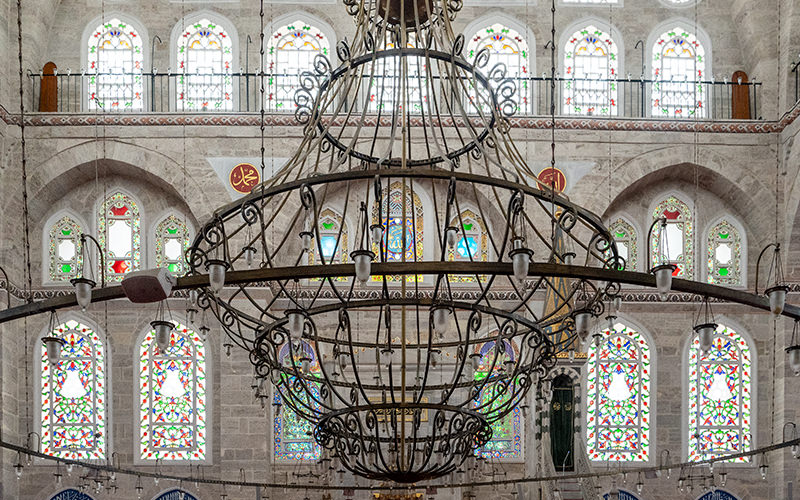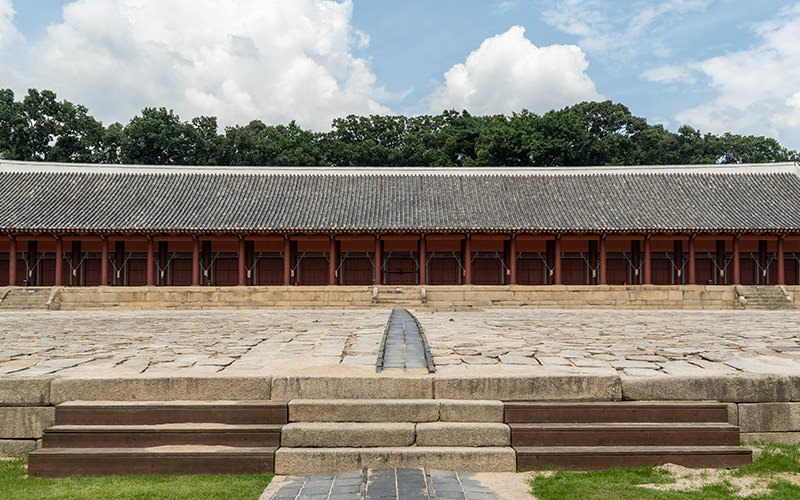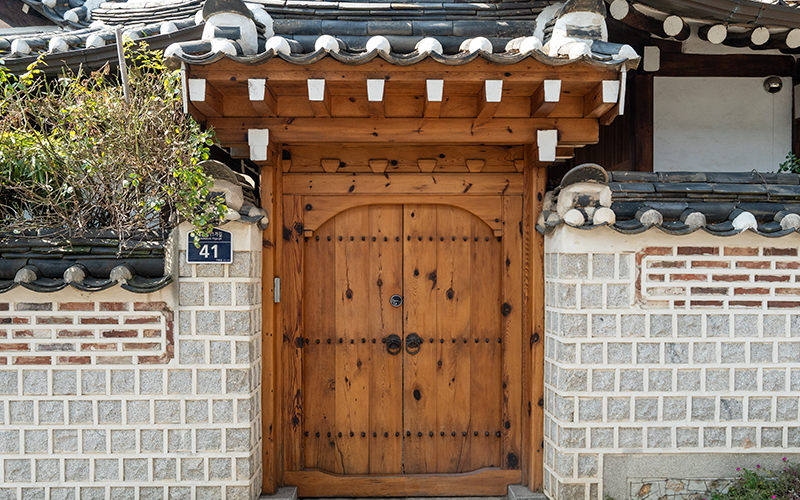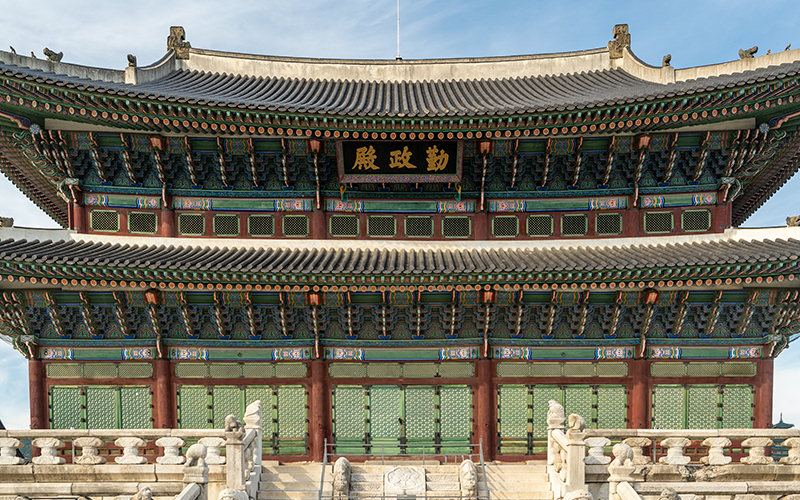Friends, I continue to introduce you to the tourist attractions of Seoul. Last time we walked through the territory of Jongmyo Shrine and learned about its history. Today, we’ll move on and visit Changgyeonggung and Changdeokgung Palaces — both located within the same large complex.
As I mentioned in the first article of this series, the shrine and the palaces are part of one vast area, which you can reach from Jongno 3 (sam)-ga Station. Admission to each architectural site is paid, but you can purchase a combination ticket for 6,000 won that includes entry to both palaces and the shrine. I happened to get in for free on Culture Day (held on the last Wednesday of each month).



Changgyeonggung Palace
The grounds of Jongmyo Shrine border another architectural landmark — Changgyeonggung Palace. It’s not a palace in the traditional sense of the word: there are no massive buildings or lavish halls here. Changgyeonggung is rather a collection of buildings within a vast park. It includes various pavilions, walking paths, and ponds crossed by small bridges.

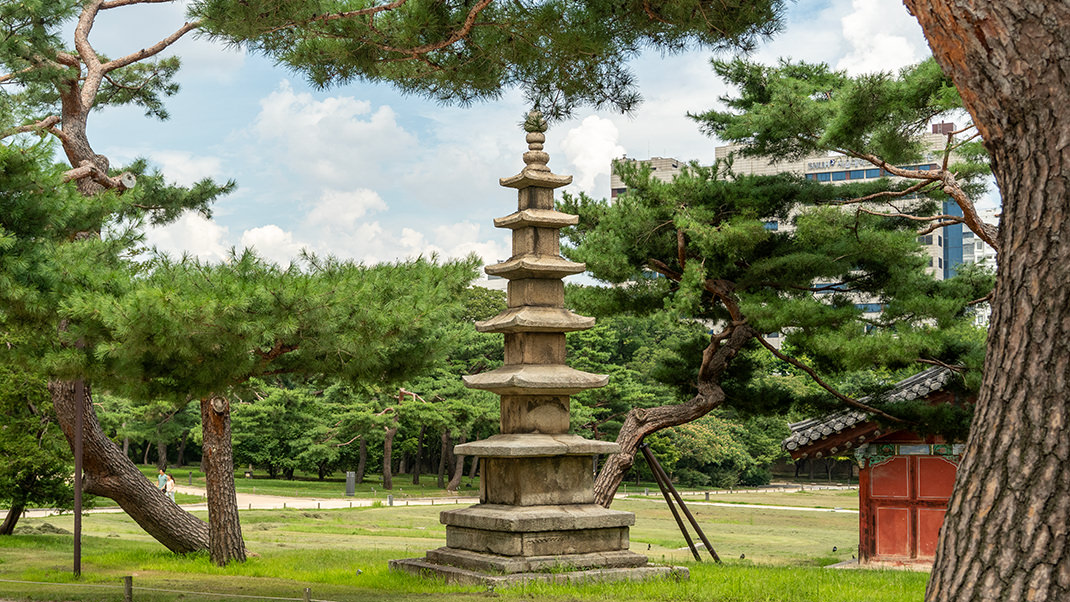
The Changgyeonggung complex dates back to 1418, when a palace called Suganggung was first built here. Sixty-five years later, King Sejong reconstructed the residence and gave it the name we know today. The palace grounds suffered significant damage in a fire in 1830, and restoration work continued for four years.
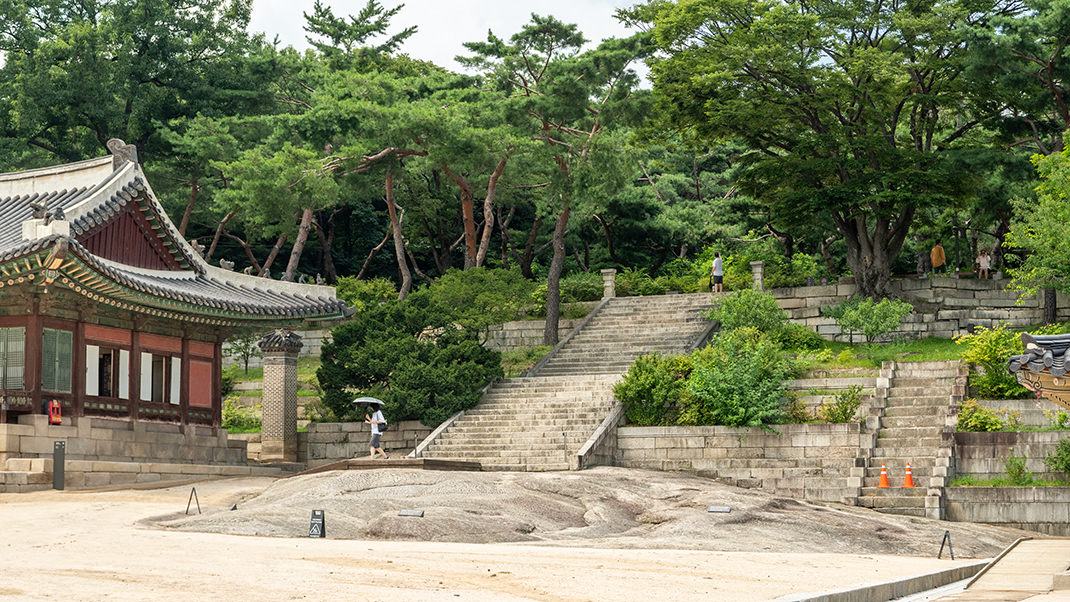
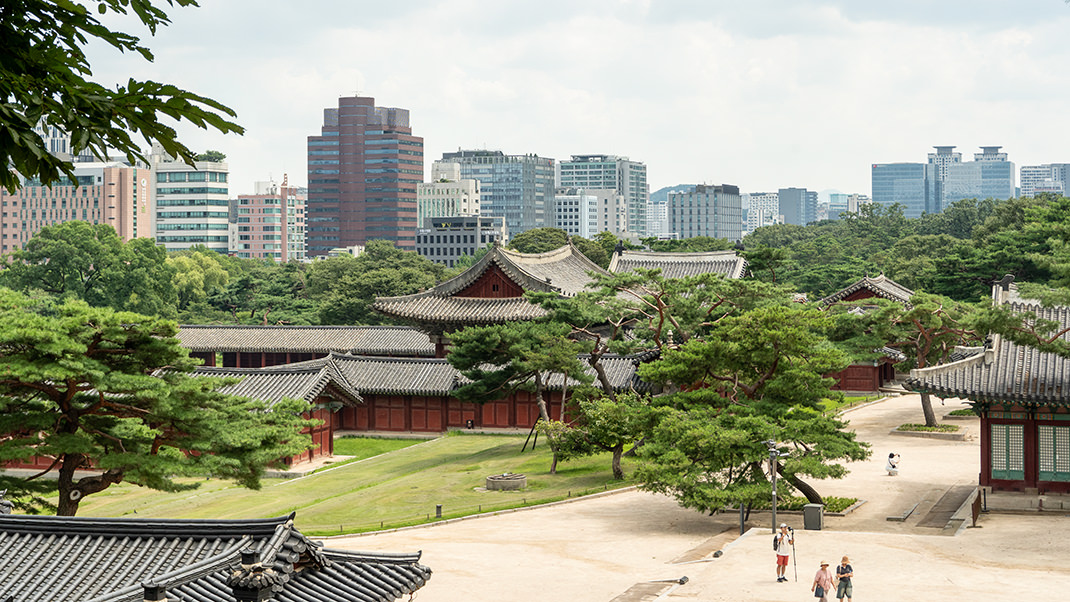
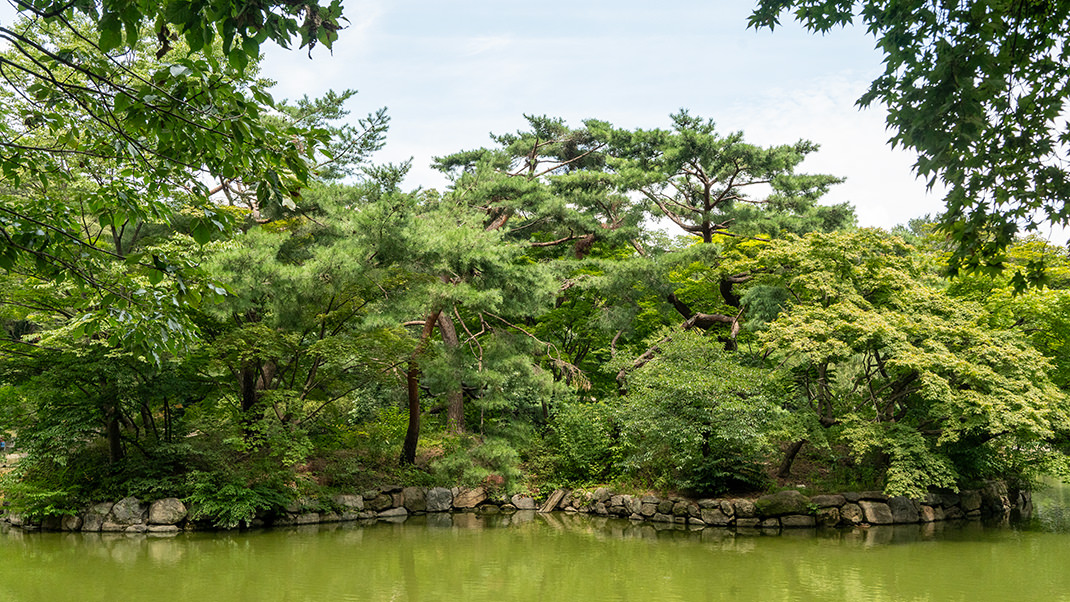
The first structure you see when entering from the shrine side is an enclosed area with gates and the Myeongjeongjeon Pavilion — the king’s official residence.
If you continue past Myeongjeongjeon Pavilion and walk up the stairs, you’ll reach the large Chundangji Pond, behind which stands a graceful greenhouse.
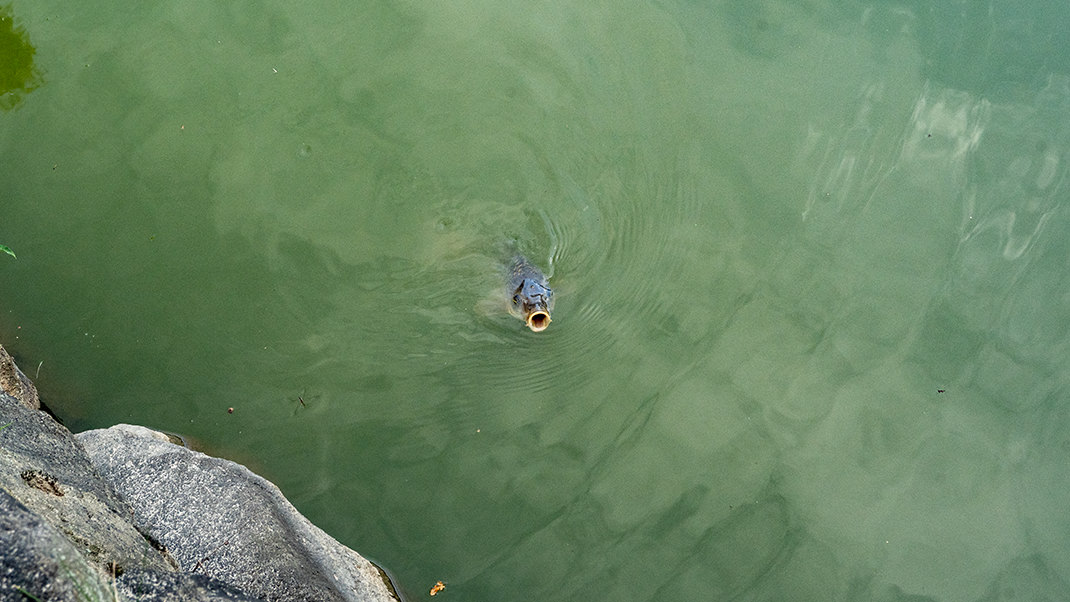
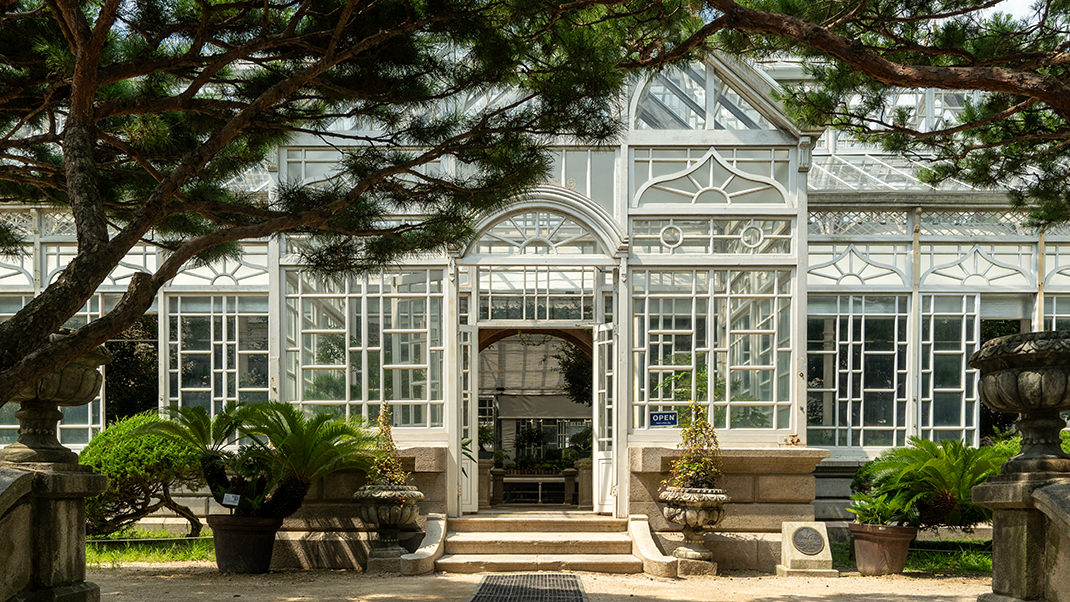
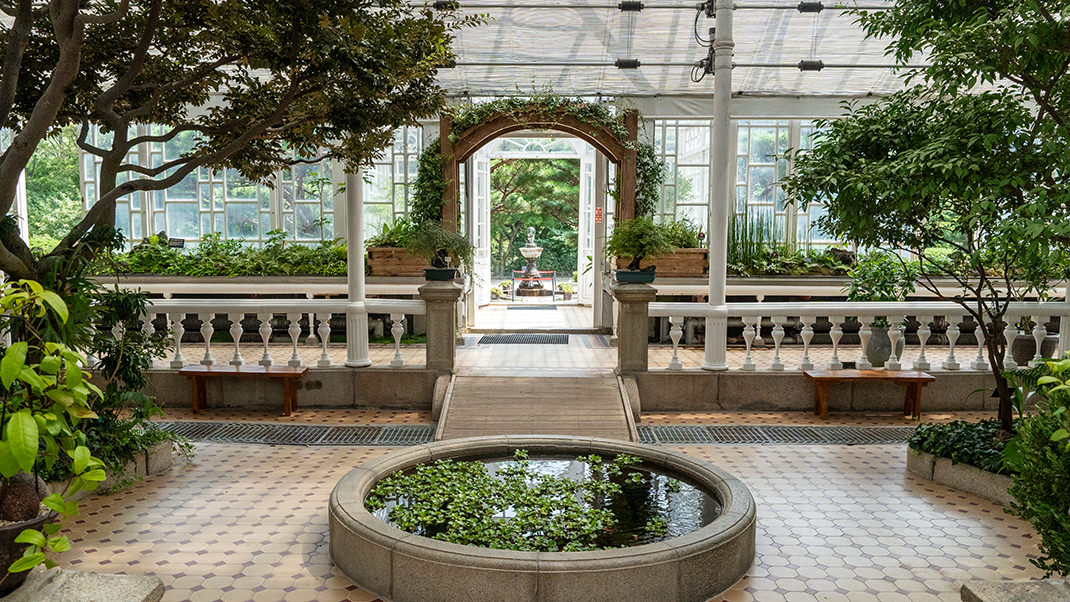
Keep in mind that the park and palace grounds are quite large, so it’s best to bring water if you’re visiting during hot weather. There are vending machines with drinks, and I was able to pay with my international bank card.
Changdeokgung Palace
In the western part of the Changgyeonggung complex, there is an exit leading to Changdeokgung Palace. Don’t worry if you start to get confused by all the palace names — I stopped trying to memorize them long ago. But these places are easy to tell apart by their distinctive features. If Changgyeonggung is known for its pond and greenhouse, then Changdeokgung’s highlight is the Secret Garden.
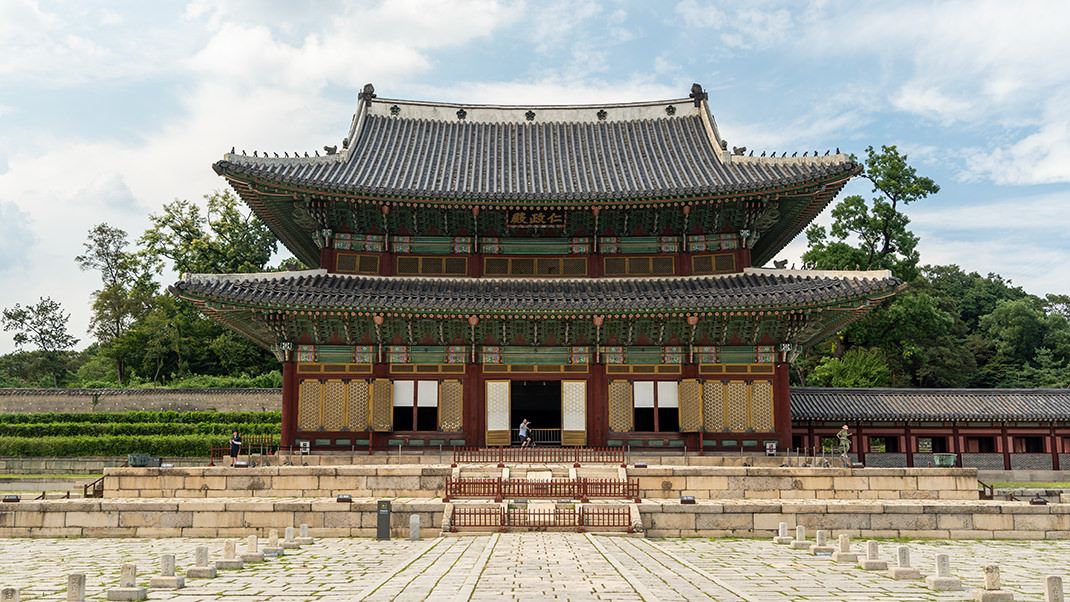
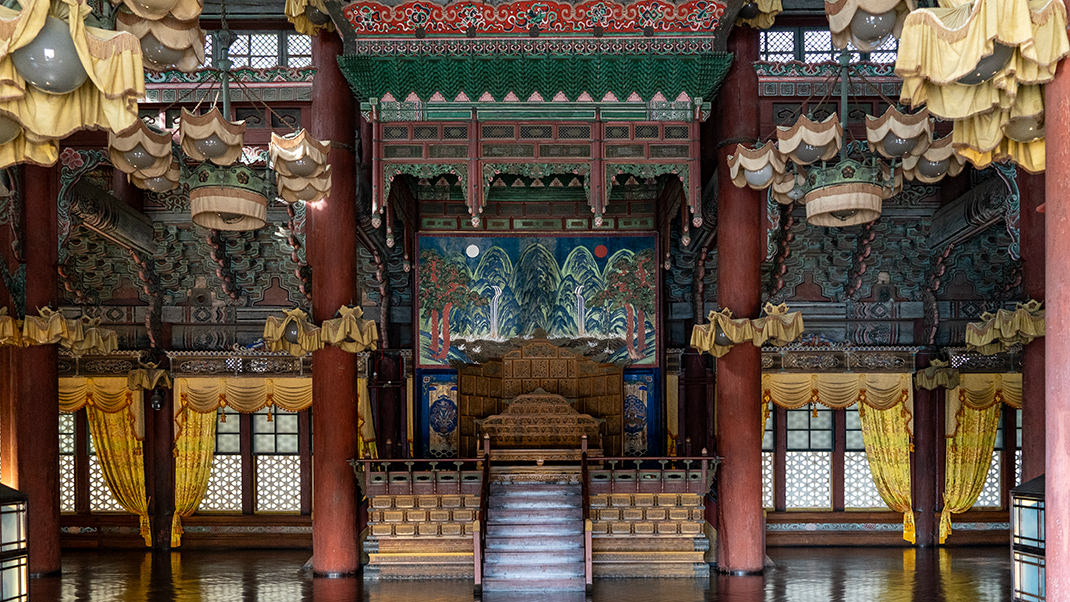
The palace was built in 1405 and served as one of the main royal residences. Its name translates as “Palace of Prospering Virtue.” In the past, both sites I’ve described today shared a common territory and were collectively known as Dongwol — the Eastern Palace.
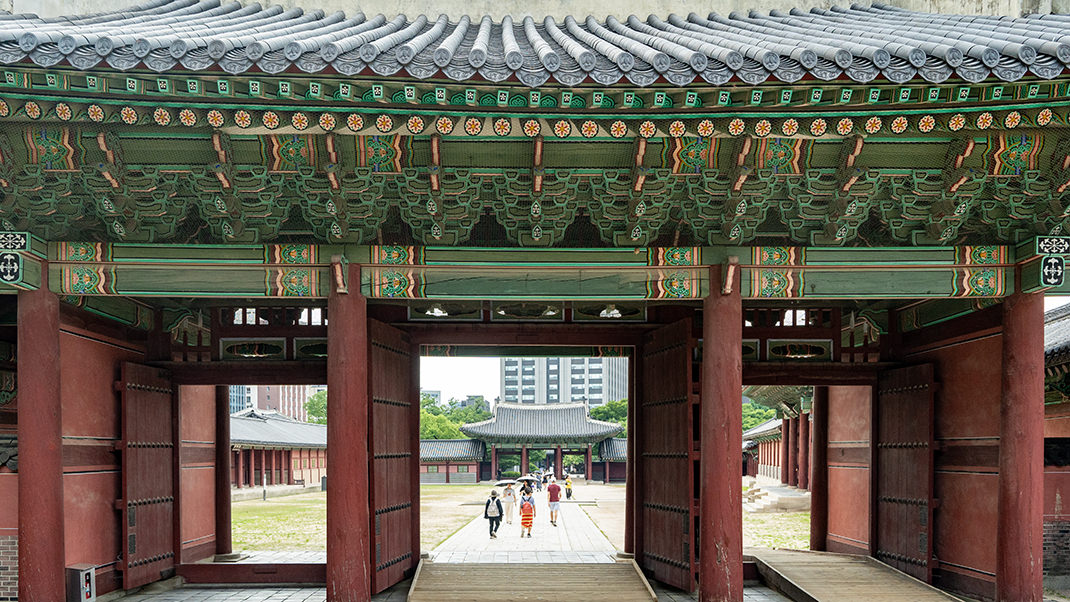
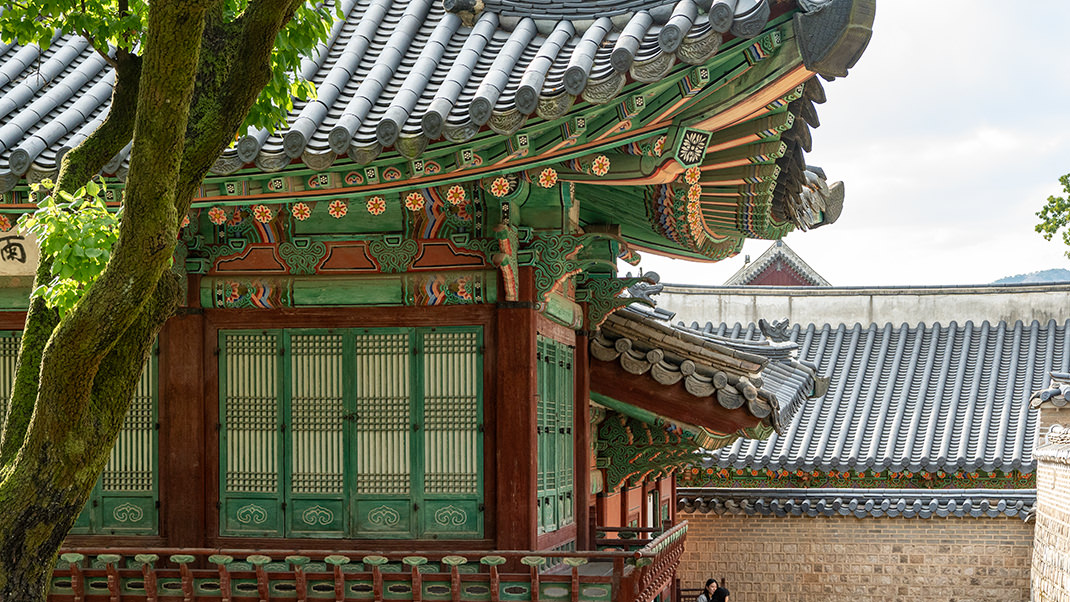
As with other royal palaces in Seoul, the grounds of Changdeokgung include several buildings, among them the throne hall, which is open to visitors today. In the late 20th century, the palace was inscribed on the UNESCO World Heritage List.
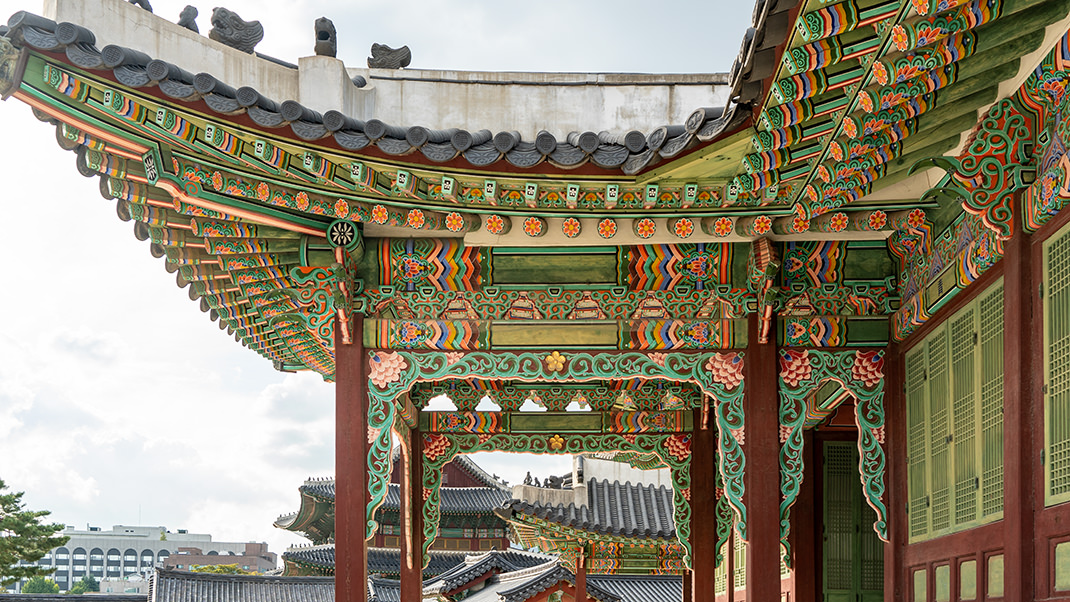
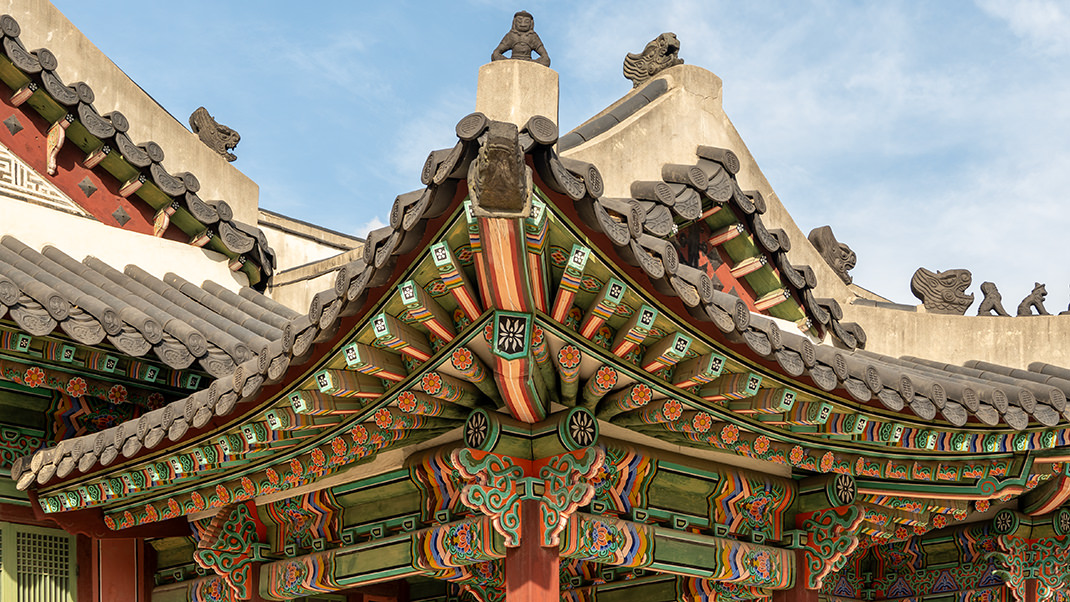
Earlier I mentioned the Secret Garden of Changdeokgung Palace — access to it requires a separate ticket. I’ll tell you about my walk there in my next article.
Have a nice trip!


